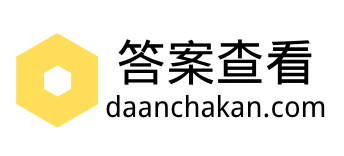【单选题】【消耗次数:1】
I’d rather you [填空] the book yesterday.
①
had returned
②
return
③
would had returned
④
returned
参考答案:

纠错
相关题目
【单选题】
I forgot to return the book to you yesterday. So I _____________today.
①
might do it
②
must do it
③
had to do it
④
must have to do it
【单选题】
When we returned, the party wasand the dance floor was crowded.
①
in full swing
②
in full view
③
in full cry
④
in full bloom
【判断题】
After the young people returned home, they developed a sudden bewildering world-weariness their relatives understood.
①
正确
②
错误
【单选题】
I’d rather you _____by train because the weather forecast said there would be heavy snow tomorrow.
①
went
②
should go
③
will go
④
go
【单选题】
—We all had a lot of fun at the barbecue ?yesterday. Pity you weren’t there.
—I really should have gone with ?you but I _______ on some remaining problems.
①
worked
②
was working?
③
would work
④
would have worked
【单选题】
If I had remembered __________ the window, the thief would not have got in.
①
to close
②
closing
③
to have closed
④
having closed
随机题目
【单选题】
领导者通过双向沟通和悉心倾听的方式,和下属互相交流信息,讨论问题,支持下属努力发展他所具有的能力,但是领导者对工作很少指导。这是哪种领导风格()
①
指示型
②
推销型
③
参与型
④
授权型
【多选题】
事业部作为一个组织,其下属部门必须具备哪几个条件()
①
有独立的法人而且能单独核算
②
有独立的产品和市场而且是其责任单位
③
有独立的利益并实行独立核算而且是其责任单位
④
有独立的相应自主权并能自主经营
【单选题】
在()的领导体制下,领导工作缺乏弹性和灵活性,有时还会助长上级机构或领导者独断专行的歪风,滋生以权谋私、权钱交易等腐败现象。
①
分权制
②
集权制
③
分离制
④
完整制

